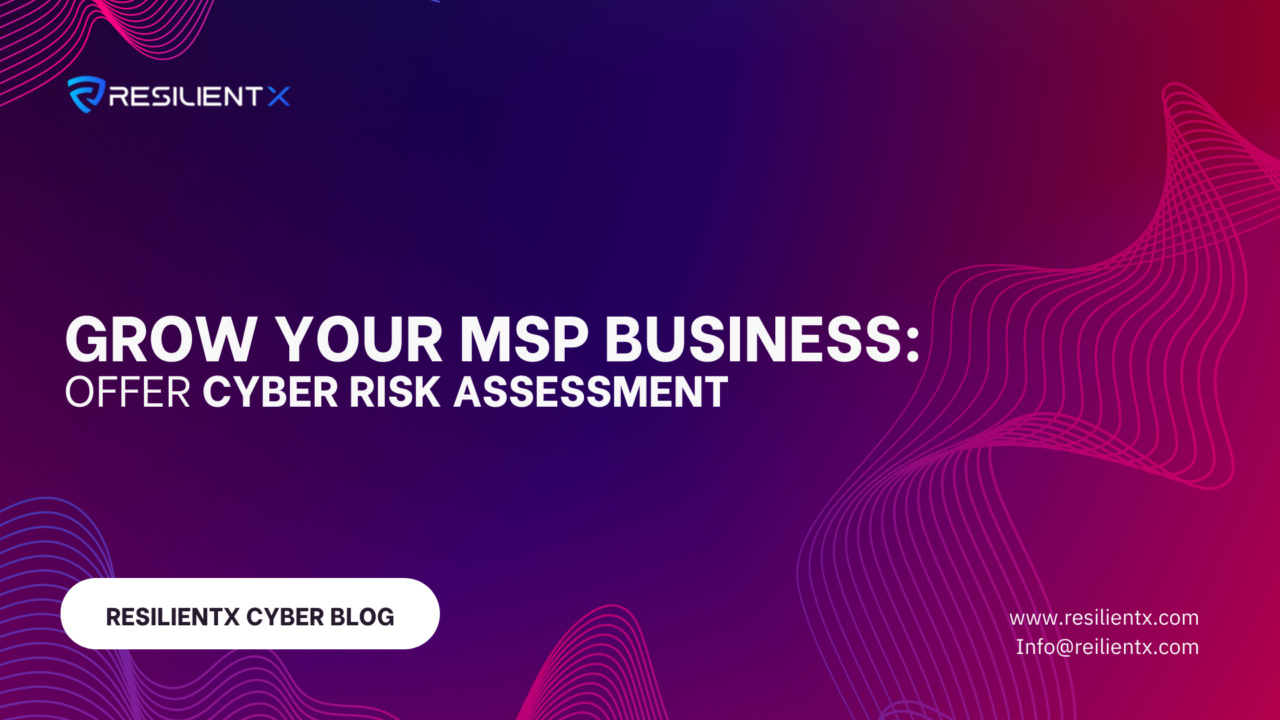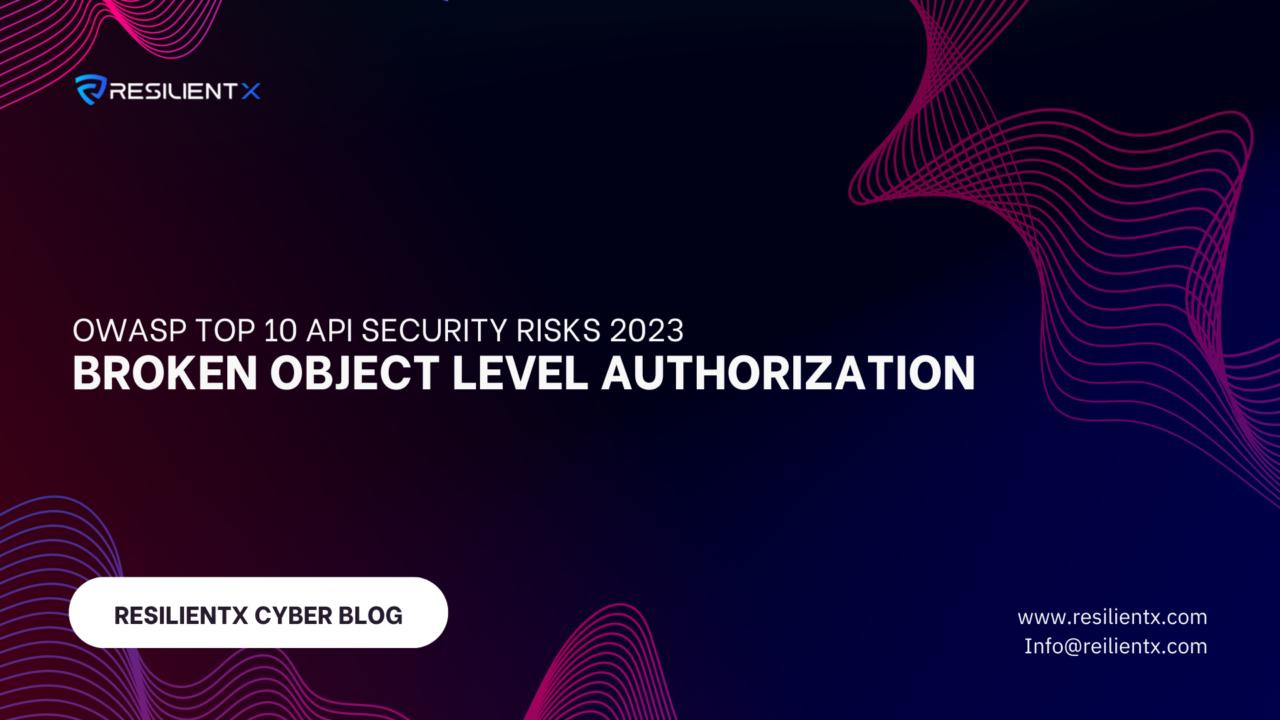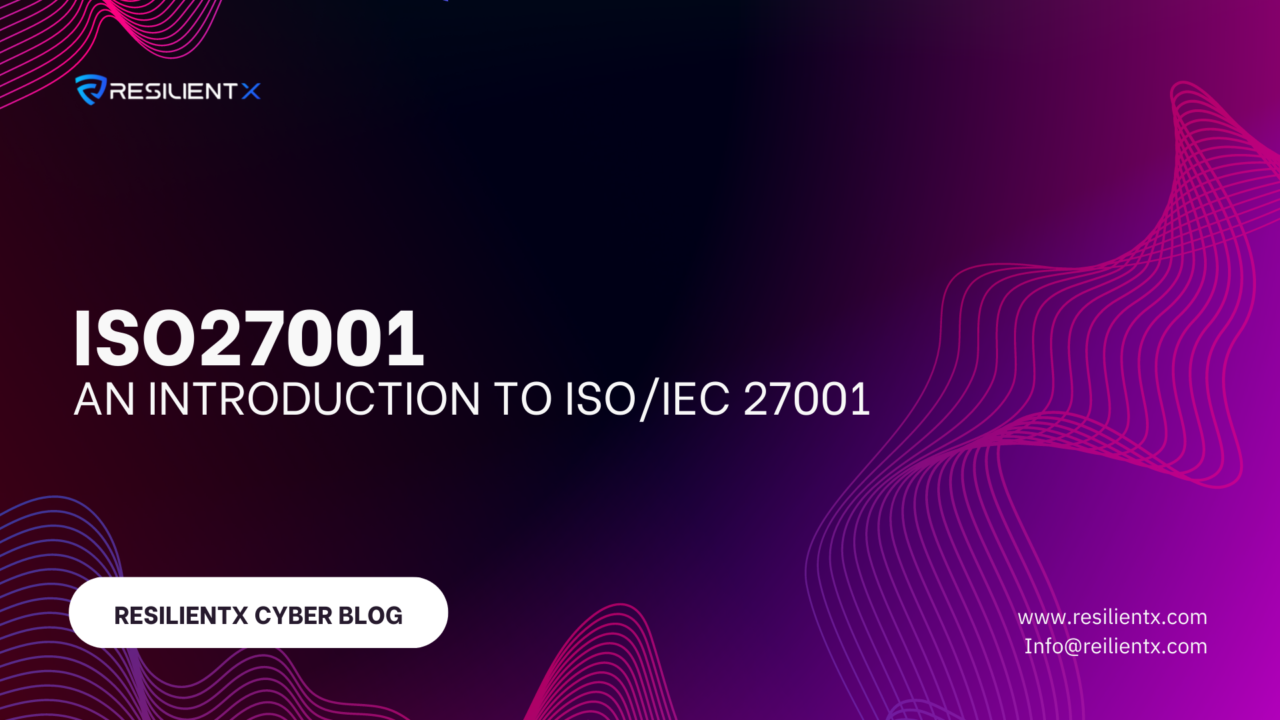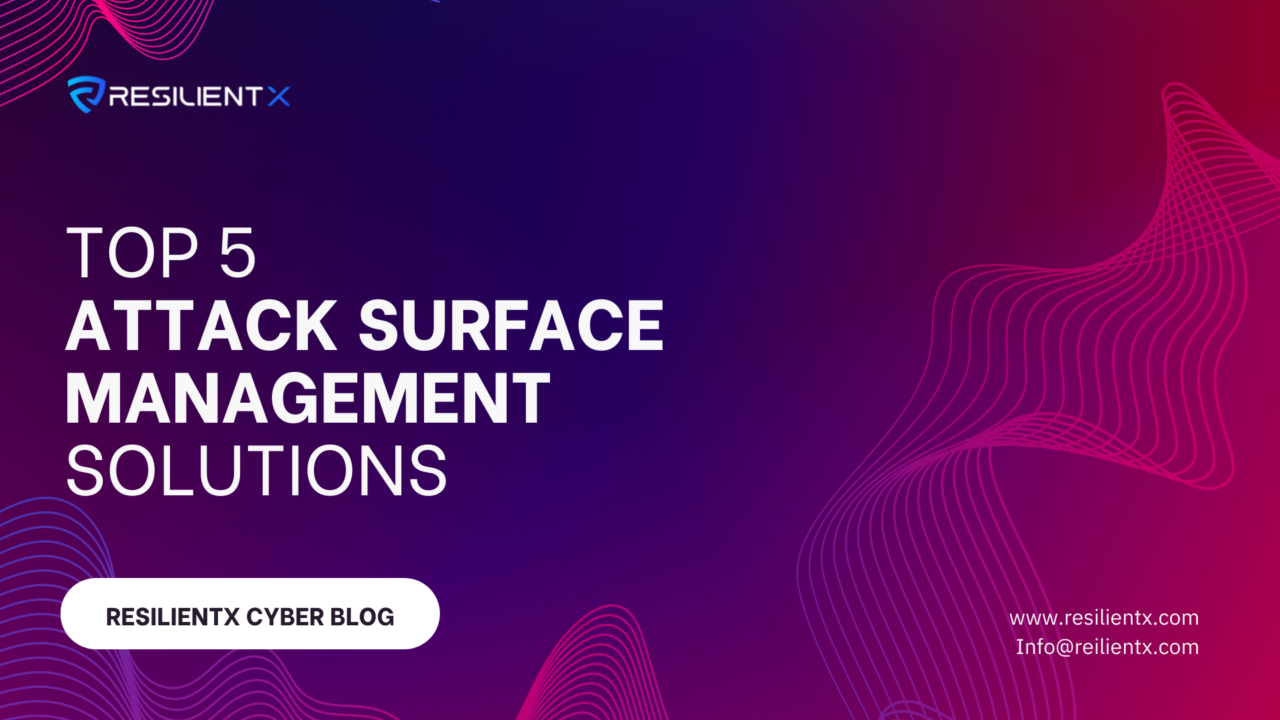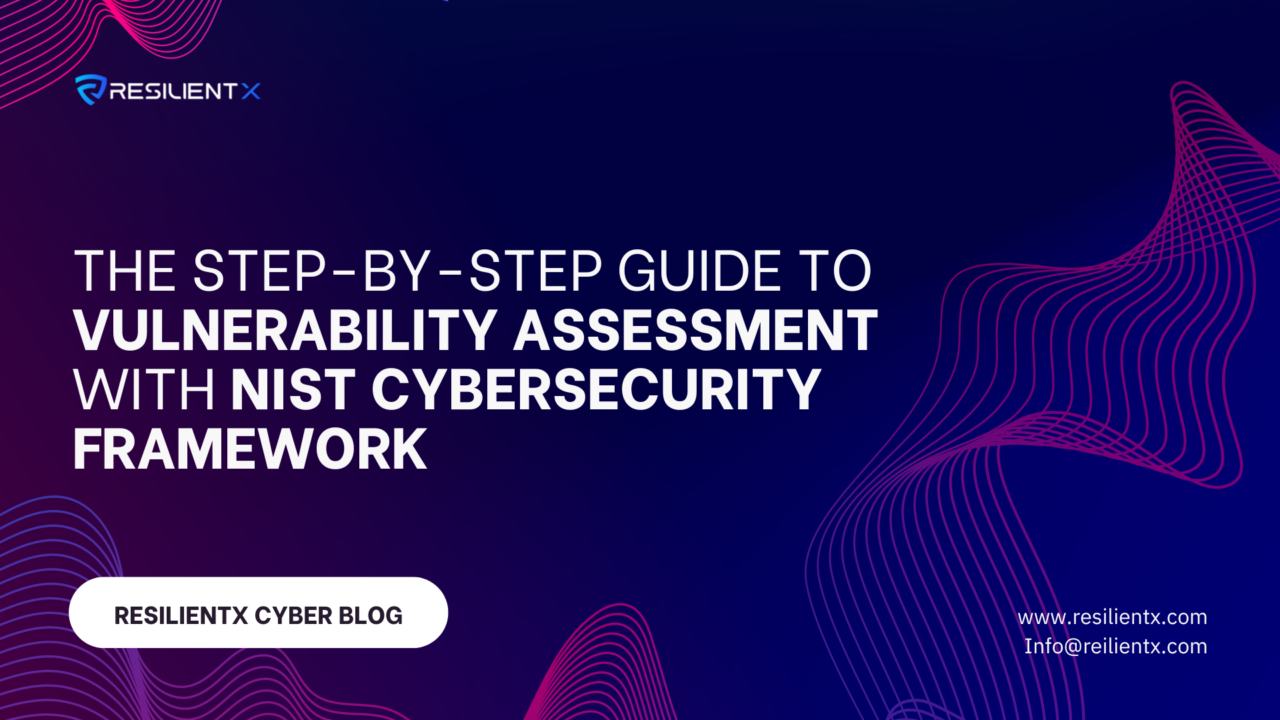
Introduction to Vulnerability Assessment with NIST Cybersecurity Framework
In the world of cybersecurity, one must constantly adapt to evolving threats and vulnerabilities. To ensure the protection of your organization, it is essential to have a solid understanding of the potential risks and how to effectively mitigate them. The National Institute of Standards and Technology (NIST) Cybersecurity Framework is a comprehensive, widely-used framework designed to help organizations manage and reduce cybersecurity risk. One key aspect of the NIST Cybersecurity Framework is conducting a vulnerability assessment to identify, quantify, and prioritize potential weaknesses in your organization’s systems.
In this article, we’ll walk you through a step-by-step guide to conducting a vulnerability assessment using the NIST Cybersecurity Framework. Additionally, we’ll introduce you to ResilientX, an all-in-one platform that simplifies the process of attack surface management, vulnerability assessment, and risk evaluation, making it an essential tool for any cybersecurity professional.
Step 1: Familiarize Yourself with the NIST Cybersecurity Framework
Before you can begin your vulnerability assessment, it’s essential to familiarize yourself with the NIST Cybersecurity Framework. The framework is composed of five core functions: Identify, Protect, Detect, Respond, and Recover. These functions, in turn, are supported by categories and subcategories that help organizations manage specific cybersecurity activities.
For a vulnerability assessment, focus on the Identify function, which involves developing an organizational understanding of the systems, assets, data, and capabilities at risk. This function is supported by categories such as Asset Management, Risk Assessment, and Risk Management Strategy.
Step 2: Identify Your Organization’s Assets and Systems
Begin by identifying the assets and systems within your organization that need protection. This process should include physical devices, networks, software applications, and data. Consider the following questions:
- What are the critical assets and systems within your organization?
- What are the potential threats to these assets and systems?
- What are the potential vulnerabilities that could be exploited by these threats?
Create an inventory of your organization’s assets and systems, and prioritize them based on their importance and sensitivity.
Step 3: Perform a Vulnerability Scan
A vulnerability scan is an automated process that identifies potential weaknesses in your organization’s systems and networks. Using a vulnerability scanner, you can assess your organization’s assets and systems for known vulnerabilities, misconfigurations, and other security issues. ResilientX All-In-One Platform offers an Advanced yet easy-to-use Vulnerability Scanner for External networks, Web applications, Cloud, and Containers.
When conducting a vulnerability scan, ensure that you are scanning all relevant assets, including web applications, network devices, and servers. Keep in mind that vulnerability scanners rely on a database of known vulnerabilities, so it’s essential to keep the scanner updated with the latest information.
Step 4: Analyze Vulnerability Scan Results
After completing the vulnerability scan, you’ll need to analyze the results to identify genuine vulnerabilities and false positives. This analysis involves verifying the scanner’s findings and determining the risk associated with each vulnerability.
Consider the following questions when analyzing the scan results:
- What are the potential consequences if the vulnerability is exploited?
- What is the likelihood that the vulnerability will be exploited?
- What are the possible attack vectors for this vulnerability?
Once you have identified the genuine vulnerabilities, prioritize them based on the potential impact and likelihood of exploitation.
Step 5: Remediate and Mitigate Vulnerabilities
With the vulnerabilities prioritized, develop a plan to remediate or mitigate the risks associated with them. Remediation involves fixing the vulnerability, while mitigation refers to reducing the likelihood or impact of the vulnerability being exploited.
Consider the following strategies for addressing vulnerabilities:
- Patching: Apply software updates and patches to fix known vulnerabilities.
- Configuration changes: Adjust system settings to eliminate vulnerabilities caused by misconfigurations.
- Access control: Limit access to vulnerable systems and data to minimize the risk of unauthorized access or exploitation.
- Network segmentation: Isolate critical systems and assets within your network to limit the potential spread of an attack.
- Monitoring and detection: Implement monitoring and detection solutions to quickly identify potential exploitation of vulnerabilities and respond accordingly.
Ensure that your remediation and mitigation plans are documented and communicated to the relevant stakeholders within your organization.
Step 6: Monitor and Review
Cybersecurity is an ongoing process, and it’s crucial to continuously monitor and review your organization’s vulnerability management practices. Regularly update your asset and system inventory, perform vulnerability scans, and reassess your risk management strategy. Stay informed about the latest threats and vulnerabilities by subscribing to relevant cybersecurity news sources and forums.
ResilientX All-In-One Platform For Vunerability Assessment
Now that you understand the process of conducting a vulnerability assessment using the NIST Cybersecurity Framework, let’s explore how the ResilientX All-In-One platform can facilitate and streamline this process.
ResilientX is a comprehensive cybersecurity platform that simplifies attack surface management, vulnerability assessment, and risk evaluation. By integrating ResilientX into your vulnerability assessment process, you can enjoy the following benefits:
- Unified Management: ResilientX consolidates the management of your organization’s attack surface, vulnerability assessment, and risk evaluation into a single platform, making it easier to manage and maintain a comprehensive cybersecurity strategy.
- Continuous Monitoring: ResilientX provides continuous monitoring of your organization’s assets and systems, ensuring that you are always aware of potential vulnerabilities and threats.
- Advanced Vulnerability Scanning: ResilientX offers advanced vulnerability scanning capabilities, allowing you to efficiently identify, assess, and prioritize vulnerabilities across your organization’s systems and networks.
- Remediation and Mitigation: ResilientX offer intelligent remediation suggestion and fast way to mitigate vulnerabilities, ensuring that your organization’s systems and networks are always up-to-date and secure.
- Reporting and Analytics: ResilientX provides detailed reporting and analytics, giving you valuable insights into your organization’s cybersecurity posture and helping you make informed decisions about your vulnerability management strategy.
Conclusion
Conducting a vulnerability assessment using the NIST Cybersecurity Framework is a crucial step in ensuring your organization’s cybersecurity posture. By following the step-by-step guide outlined in this article and integrating the powerful ResilientX All-In-One platform, you can streamline the process, effectively identify and address vulnerabilities, and ensure that your organization is prepared to face the ever-evolving landscape of cybersecurity threats.
